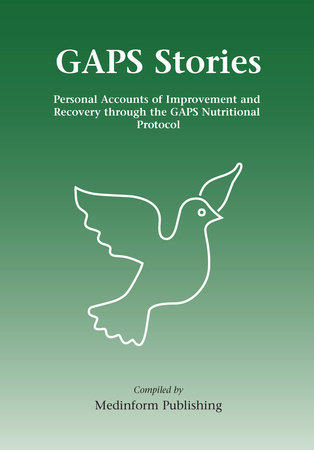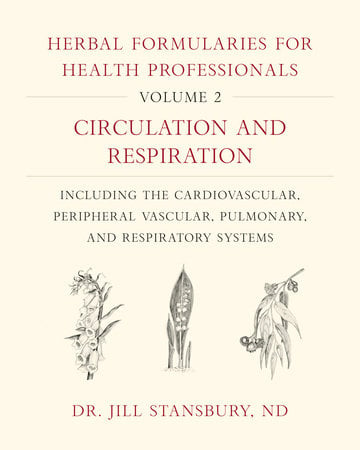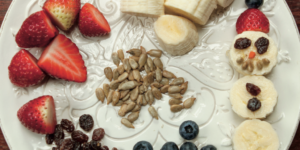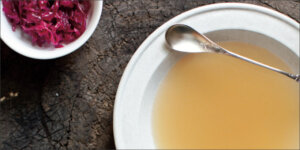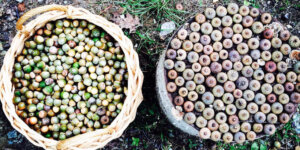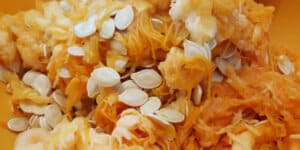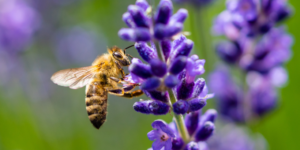The Low-Tech Medicine Cabinet
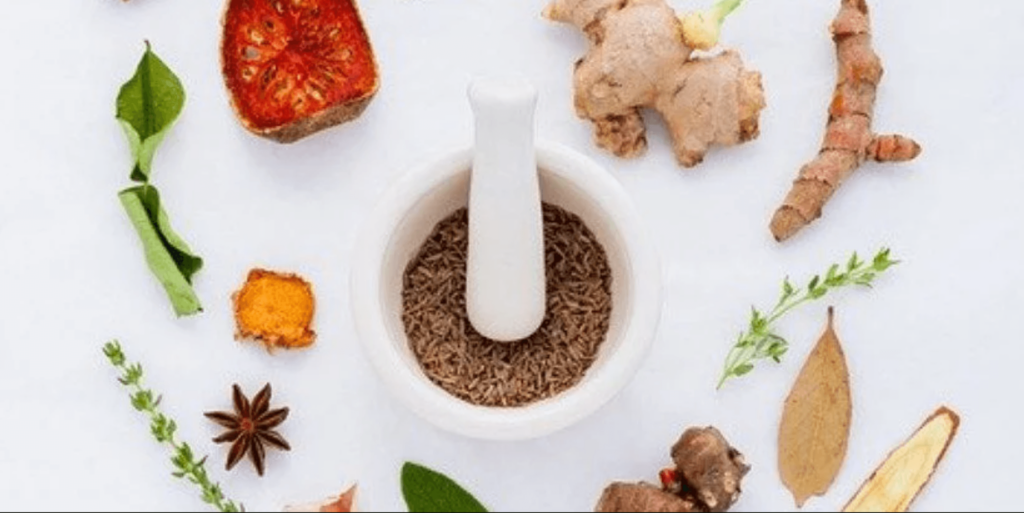
The following is an excerpt from When Disaster Strikes (November 2011) by Matthew Stein. It has been adapted for the web.
This post offers practical information about herbs, alternative medicines, and self-treatment devices you may wish to stock in your personal self-healing arsenal.
The herbs and alternative treatments covered could be the key elements that you and your family will need to stay healthy in times of disaster or pandemic. I am not a doctor, and I am not telling anyone how to cure any illness, but simply sharing information on my own and others’ experiences. When you are sick, you should always seek qualified medical attention.
The Low-Tech Medicine Cabinet: Simple, Effective Remedies and Supplements to Have on Hand
Here are some of the more effective self-help remedies that I recommend you keep on hand. They are readily available in your local supermarket, drug- store, health food stores, or online. See Prescription for Nutritional Healing, by James F. Balch, MD, for more complete dose and application information on many of these remedies and supplements. (Read the full list along with additional sections containing detailed descriptions and procedures in Matthew Stein’s bookWhen Disaster Stikes.
Caution: For serious conditions, seek out a qualified medical physician, herbalist, and/or naturopathic doctor.
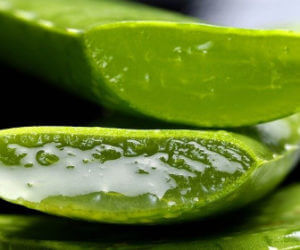
Aloe vera gel. The juice from the aloe vera plant has been scientifically proven to improve the healing of burns. It is also good for healing cuts and scrapes (it is not antibiotic or antiseptic) and as a nutritional supplement. Use the live plant by cutting off a leaf and squeezing the gel from the leaf directly onto the wound. Alternatively, buy the gel or juice at a health food store.
Arnica montana. Arnica is an herbal remedy available in a tincture or extract or in homeopathic preparations. It is a useful remedy for boosting the body’s healing response to traumatic injuries, such as sprains, fractures, and bruises.
Astragalus. One of the most highly regarded herbs used in Chinese medicine, astragalus is an efficient immune-system booster. The recommended dosage is 10 drops of the extract taken in water daily (Renders 1999, 203). Taking it during the flu season is recommended, if there is something “going around,” or if you are suffering from cancer, AIDS, or other immune-deficiency diseases. Do not take astragalus if you are already suffering from a fever. Many herbal immune-system boosting combinations, available at health food stores, are based on astragalus.
Calendula. Used as a cream, it is an effective salve for skin irritations and rashes, including eczema. This cream can promote the healing of stubborn skin splits and wounds that are not responding to normal treatment. Taken internally (25 to 75 drops, one to four times per day), it supports the immune system and has both antibacterial and antiviral properties.
Echinacea. A traditional Native American medicinal herb, echinacea has become a part of mainstream self-help medicine. It is now available at most drugstores, since its antiviral and antibacterial properties have been scientifically documented, though a recent medical study, reported in the New England Journal of Medicine, has cast doubts on its efficacy. Take a dropperful of the extract twice daily for short-term use or use as directed in one of the many different commercial healing herb combinations (Renders 1999, 212). Echinacea is often combined with goldenseal for fighting flu. Do not use echinacea for over three weeks at a time, for it has the potential to cause bladder irritation
Elderberry. This herb has excellent antiviral properties, and has been referred to as the “medicine chest” of country people. Laboratory studies on Sambucol, an Israeli-made elderberry extract, have shown the product to be effective against human, swine, and avian flu strains. Unlike Tamiflu, the well-known antiviral pharmaceutical Sambucol and other elderberry extracts have no negative side effects.
Epsom salts. Epsom salts are useful for adding to water for hot-soak infection treatments, and for adding to enema water. A low-cost material, Epsom salts are available at all drugstores and many supermarkets.
Goldenseal. Goldenseal is one of the most popular herbs of all time. It has powerful antifungal and antibacterial properties against organisms such as Candida and E. coli. The powdered root has strong cauterizing properties and can be used directly on wounds to reduce or eliminate excessive bleeding.
Grapefruit seed extract (GSE). Like garlic, GSE is another true “wonder herb,” exhibiting powerful antibiotic, antiviral, antifungal, and antibacterial properties. It has been used successfully to battle numerous diseases and ailments, including Lyme disease, Candida, Giardia, amoebic dysentery, many kinds of parasites, athlete’s foot, ringworm, gum disease, herpes, colds, flu, and some forms of arthritis. The liquid form is bitter and may be diluted in juice to make it more palatable. The typical treatment is 10 to 15 drops of GSE liquid concentrate diluted in juice, taken three to four times daily (Sachs 1997, 78). Its high antibacterial action combined with low toxicity makes GSE a great alternative to regular antibiotics as a topical treatment for wounds. Mix a half-ounce of GSE with 8 ounces of distilled water and apply to wounds with a spray bottle. Drinking water may be disinfected using 10 drops of GSE concentrate per 6 ounces of water. Allow water to stand for 15 minutes before drinking. For more information on specific treatments and the efficacy of GSE, see The Authoritative Guide to Grapefruit Seed Extract by Alan Sachs.
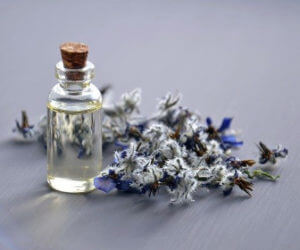 Homeopathic medicine. Homeopathy appears to stimulate the body’s own immune system in ways that Western science still doesn’t fully understand. For a reasonable price, you can buy homeopathy kits that contain 10 to 30 common remedies for treating a wide variety of ailments. Sometimes homeopathy works wonders when other medicines and remedies fail.
Homeopathic medicine. Homeopathy appears to stimulate the body’s own immune system in ways that Western science still doesn’t fully understand. For a reasonable price, you can buy homeopathy kits that contain 10 to 30 common remedies for treating a wide variety of ailments. Sometimes homeopathy works wonders when other medicines and remedies fail.
Honey. A natural antiseptic, honey has been used on the battlefield for treating wounds since ancient times and as recently as World War I. Some physicians claim that wounds treated with honey heal faster than those treated with modern antiseptics.
Hyssop. Though little used in the West, hyssop is another powerful herb, exhibiting strong antiviral and antibacterial properties. One of the few herbs that has been proven effective against active tuberculosis, hyssop is often prescribed by Chinese herbalists for lung ailments. In today’s world, where there is a constant threat that antibiotic-resistant tuberculosis might blossom into a global pandemic, I suggest keeping a supply of hyssop on hand.
Neem oil. The National Research Council (NRC), Washington, D.C., considers neem to be “one of the most promising of all plants. . . . [It] may eventually benefit every person on this planet.” Like garlic, neem appears to be another “wonder herb” with tremendous antiviral, antifungal, and anti-bacterial properties. It is used in herbal cosmetics, medicines, shampoos, and for organic pesticides/fungicides.
Oregano oil. Oil of oregano is another broadband super-herb with powerful antioxidant, antiviral, antifungal, antiparasitic, and antibacterial properties. It is traditionally used for treatment of wounds, headaches, sinusitis, lung infections, colds, intestinal worms, athlete’s foot, and so on. More recently it has been found to be effective in fighting chronic Candida (yeast) infections. It may be taken internally or applied topically. I like to supplement my diet by taking one or two oregano oil capsules each day.
Parasite herbs. Take black walnut tincture, clove capsules, and wormwood capsules to deparasite yourself and your pets. There are a number of herbs commonly known as “wormwood,” but studies show that Artemisia annua (one of the wormwoods) is also very effective in treating malaria, being 90 percent more effective than chloroquine (Naiman 2008).
St. John’s wort. Sometimes called “nature’s Prozac,” St. John’s wort is mostly known for its antidepressant and mood-enhancing properties. It is also an immune-system booster with antiviral properties. A typical dose is 10 drops of the liquid extract once daily (Renders 1999, 242). Do not take it if pregnant, because it may cause increased photosensitivity and can cause adverse reactions with some prescription drugs (contact your physician before combining it with pharmaceutical antidepressants or other drugs).
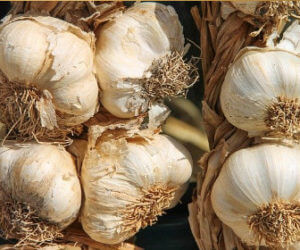 Super-antibacterial/antifungal lotion. I found the following concoction works well against toenail fungus that no longer responds to over-the-counter pharmaceutical medications. It is very powerful, very effective, and very malodorous. First, mix equal parts of tea tree oil and neem oil. Next, crush an equal part of fresh garlic cloves and throw into the solution. The tea tree oil keeps the neem oil liquid and preserves the crushed garlic cloves, drawing active components out of the garlic cloves and into the oil.
Super-antibacterial/antifungal lotion. I found the following concoction works well against toenail fungus that no longer responds to over-the-counter pharmaceutical medications. It is very powerful, very effective, and very malodorous. First, mix equal parts of tea tree oil and neem oil. Next, crush an equal part of fresh garlic cloves and throw into the solution. The tea tree oil keeps the neem oil liquid and preserves the crushed garlic cloves, drawing active components out of the garlic cloves and into the oil.
Tea tree oil. This powerful antifungal and disinfectant is used topically (do not take internally) for skin infections, itchy scalp, and fungal infections such as athlete’s foot. This oil is very penetrating and will penetrate through the skin to heal sealed-over infections, boils, and pimples. Tea tree oil is one of the few liquids that can seep through toenails. It may be applied directly to sores in the mouth, lips and nose, though do so sparingly, as some people find it irritating to sensitive tissues. I sometimes combine tea tree oil with other oils and herbs to lend its more penetrating properties to the rest of the concoction.
Traumeel cream. This homeopathic ointment is great for speeding the healing of bruises, muscle aches, and sprains. Rub the ointment into the affected area. Based on Arnica montana combined with about a dozen other homeopathic remedies, it also comes in liquid and tablet form.
Usnea. Another powerful tool in your medical survival kit, this extract from a lichen has strong antibiotic, antiviral, and antibacterial properties. Usnea is used both internally and externally. It is often combined with spilanthes or echinacea. Apply the tincture directly to external infections, and/or take 30 to 40 drops of the tincture with water, twice a day.
Vitamin C. Vitamin C is a powerful antioxidant, immune-system booster, natural detoxifier, and necessary body nutrient for tissue health and wound healing. Nobel Prize–winner Linus Pauling suggests daily ingestion of 2 to 9 grams (spread into several doses throughout the day) for cancer prevention and optimum health. A more conservative daily dosage is 500 to 1,000 milligrams (Renders 1999, 197). Powdered Vitamin C is handy for sprinkling in foods and liquids to detoxify mold aflatoxins and many other toxic substances. Sprinkle powdered Vitamin C into purified water to remove the taste of iodine, chlorine, or other water treatment chemicals.
Vitamin E. Vitamin E is a powerful antioxidant useful for maintaining the health of the circulatory system and the skin. The benefits of Vitamin E could fill several pages. I like to break open capsules to spread on healing wounds to help speed the healing process and minimize scar tissue. A dose of 400 IU is good for combating the effects of toxins in everyday foods (Renders 1999, 114).
Recent Articles
These snacks might be too darn cute to take a bite of! Brighten up snack time this winter using fruits and veggies we all know and love.
Read MoreYou’ve Been Missing Out! Bone Broth is the ultimate superfood, packed with nutrients and goodness. Consider adding this nutrient-rich, immune system boosting bone broth into your daily diet.
Read MoreThese small fruits are a delicious source of nutrients that you can find almost anywhere. Get started on acorn harvesting with help from these simple tips!
Read MoreWondering what to do with pumpkin seeds? Instead of roasting them, try these alternative ways to prepare & use seeds! Plus a must-try pumpkin granola recipe.
Read MoreTired of trying different traditional medicines to relieve inflammation and joint pain? We have the perfect solution: honey bee venom.
Read More

